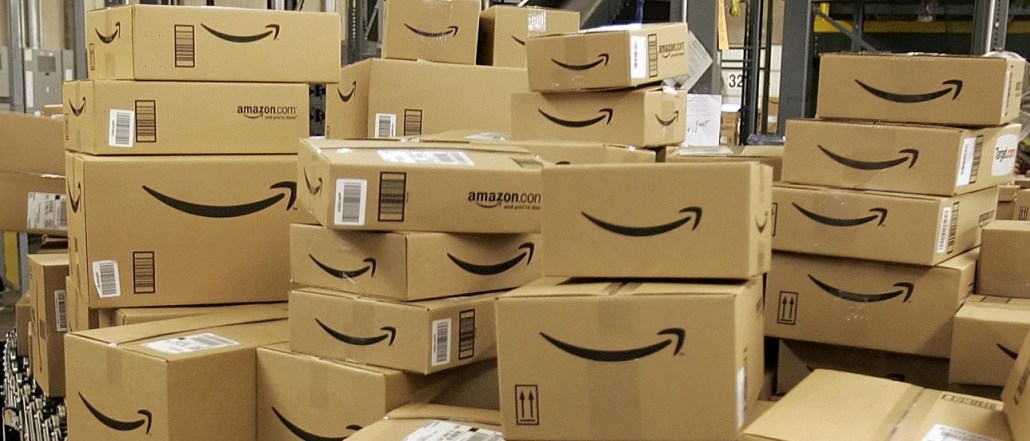Save 50% on a 3-month Digiday+ membership. Ends Dec 12.

Last year, Amazon shoppers tweeted their disappointment over the much-hyped deals for Prime Day, the retailer’s first self-made shopping holiday. Amazon’s day of discounts, meant to rival Black Friday and Cyber Monday, was called a “mish mosh of crap,” a “garage sale” and “trash.”
Still, Amazon Prime Day is back, with more deals, on July 12.
“Amazon is notoriously tight-lipped, but they’re also extraordinarily disciplined in stopping things that don’t work,” said Stefan Weitz, chief product and strategy officer at e-commerce platform Radial, formerly eBay Enterprise. “If it wasn’t working, they wouldn’t do it again.”
Despite social media critics, Amazon’s first Prime Day did grow Prime memberships, get buzz during a quiet summer period and clear out inventory. Amazon said that during the first Prime Day, 34.4 million items were ordered, or 398 items per second, with total sales between $375 and $400 million for the day, according to MKM analysts. Amazon said that Amazon Prime memberships increased in 2015 by 51 percent to 54 million members.
When it returns on Tuesday, there will be a total of 100,000 items on sale.
According to Supriya Chaudhury, CMO at Clavis Insight, Amazon Prime Day is on track to becoming a global phenomenon, with comparisons to Alibaba’s massive shopping holiday, Single’s Day, which has driven $14 billion in sales.
“Prime Day could get to be a big deal in multiple markets, because Amazon is such a strong brand and they have a footprint already with their Prime membership,” said Chaudhury. “This year, they’re going to have twice the deals for TVs as Black Friday and Cyber Monday combined. Amazon’s preparing to make this global.”
To maintain that momentum, here’s how Amazon is changing Prime Day for this year:
Quality on top of quantity
Shoppers excited to score Prime Day’s best deals last year, like TV packages and other tech items, were disappointed when the big-ticket products sold out, leaving them with sales on bulk paper towels and the like. This year, Amazon is working with more brands for more deals and more inventory to ensure that those items don’t sell out as quickly as they did before and send shoppers to competitors offering similar deals, like Target.
“By late morning last year, the deals weren’t as available anymore, and so we saw that frustration on social media,” said Chaudhury. “There was heckling around the types of things that were showing up, like a 55-gallon bottle of lubricant. That balance of urgency for the hot deals without having them sell out too quickly will be important for Amazon to focus on this year.”
Maintaining global appeal
Amazon Prime Day has the ability to become a worldwide shopping holiday, something that Black Friday in the U.S. and Single’s Day in China can’t claim. The closest to that potential is Cyber Monday, but, according to Chaudhury, Cyber Monday is weakened by varied international shipping experiences across participating retailers.
Last year, Prime Day got the attention of international Amazon shoppers, becoming the biggest day for international orders, according to the company.
“They’re doing a lot of work to promote this more vocally and more in advance than last year so they can drive memberships globally,” said Traci Gregorski, svp of marketing at Market Track. “We didn’t see that as much last year, and increasing Prime members globally is such an important key for growth.”
Pushing Prime benefits beyond one-day deals
Amazon, in looking to grow Prime memberships, is making Prime Day not all about the discounts, but about membership benefits across the board. To that end, Amazon has been touting the benefits of Prime, like audio and video streaming and cloud storage.
“Two-day, expedited shipping has become a cost of admission, people expect it,” said Gregorski. “Amazon knows that when it locks in a Prime member, they get hooked, so they’re doing more promotion of the other benefits.”
More in Marketing

In Graphic Detail: Here’s what the creator economy is expected to look like in 2026
Digiday has charted its expected revenue, key platforms for creator content as well as what types of creators brands want to work with.

Ulta, Best Buy and Adidas dominate AI holiday shopping mentions
The brands that are seeing the biggest boost from this shift in consumer behavior are some of the biggest retailers.

Future of Marketing Briefing: AI confuses marketers but their own uncertainty runs deeper
That was the undercurrent at this week’s Digiday Programmatic Marketing Summit in New Orleans.





